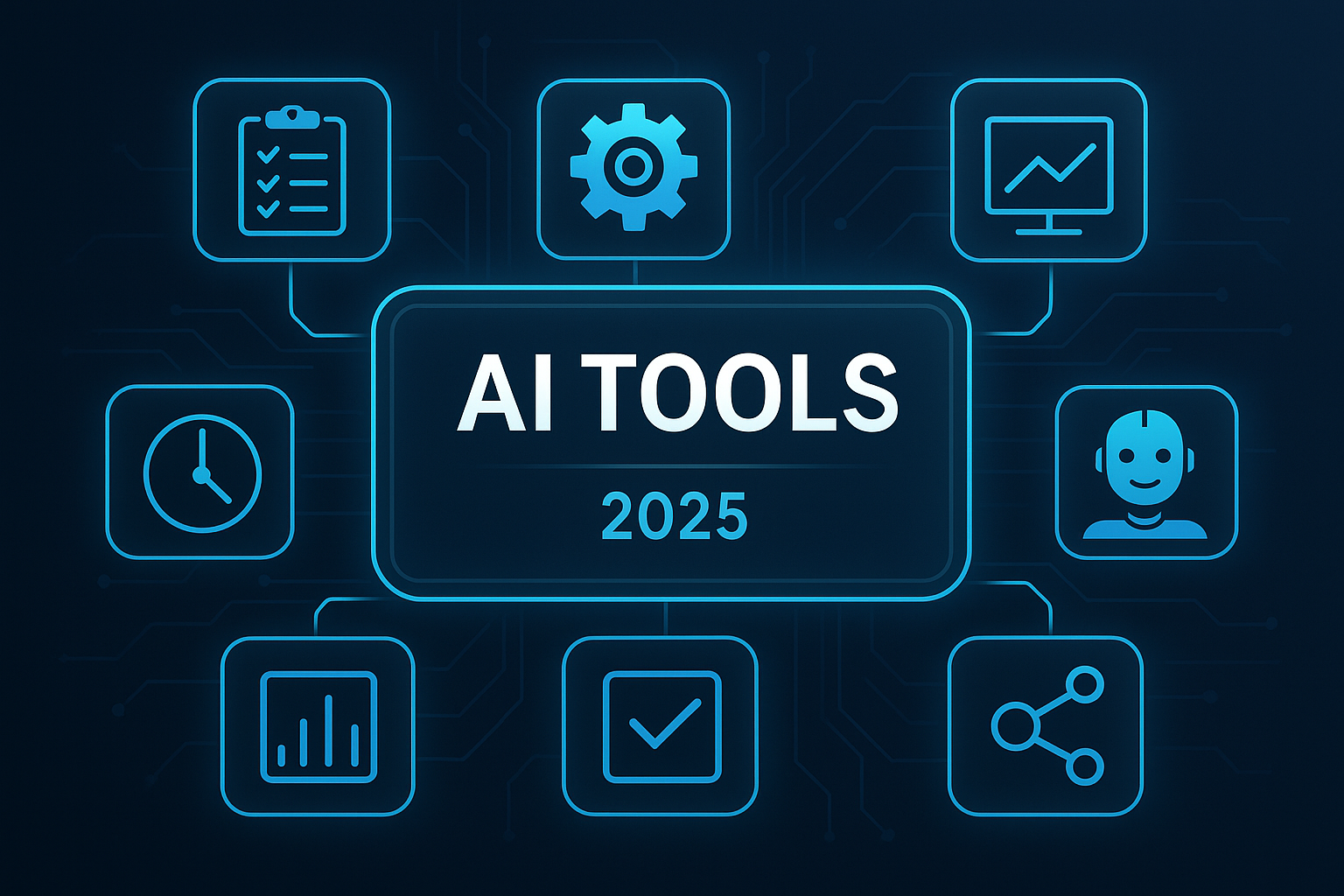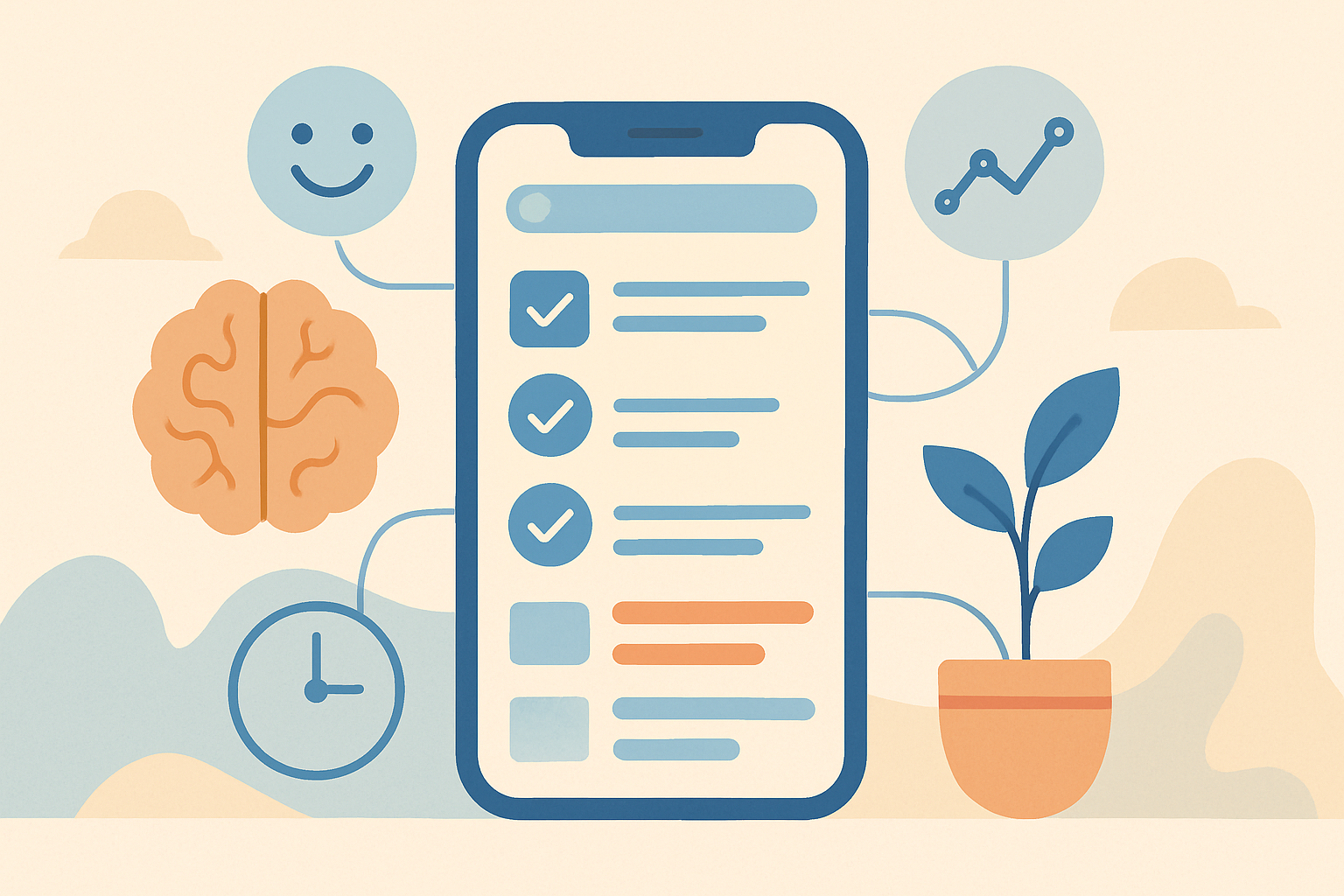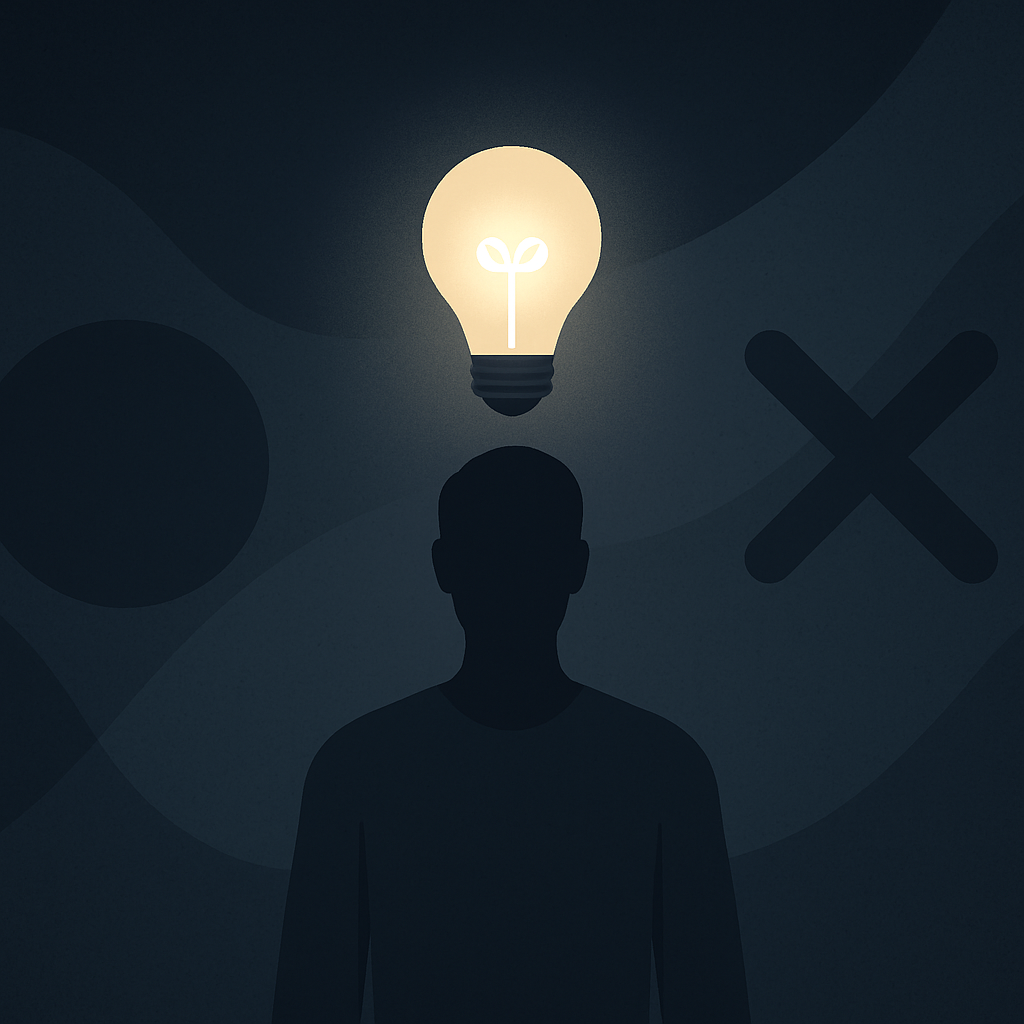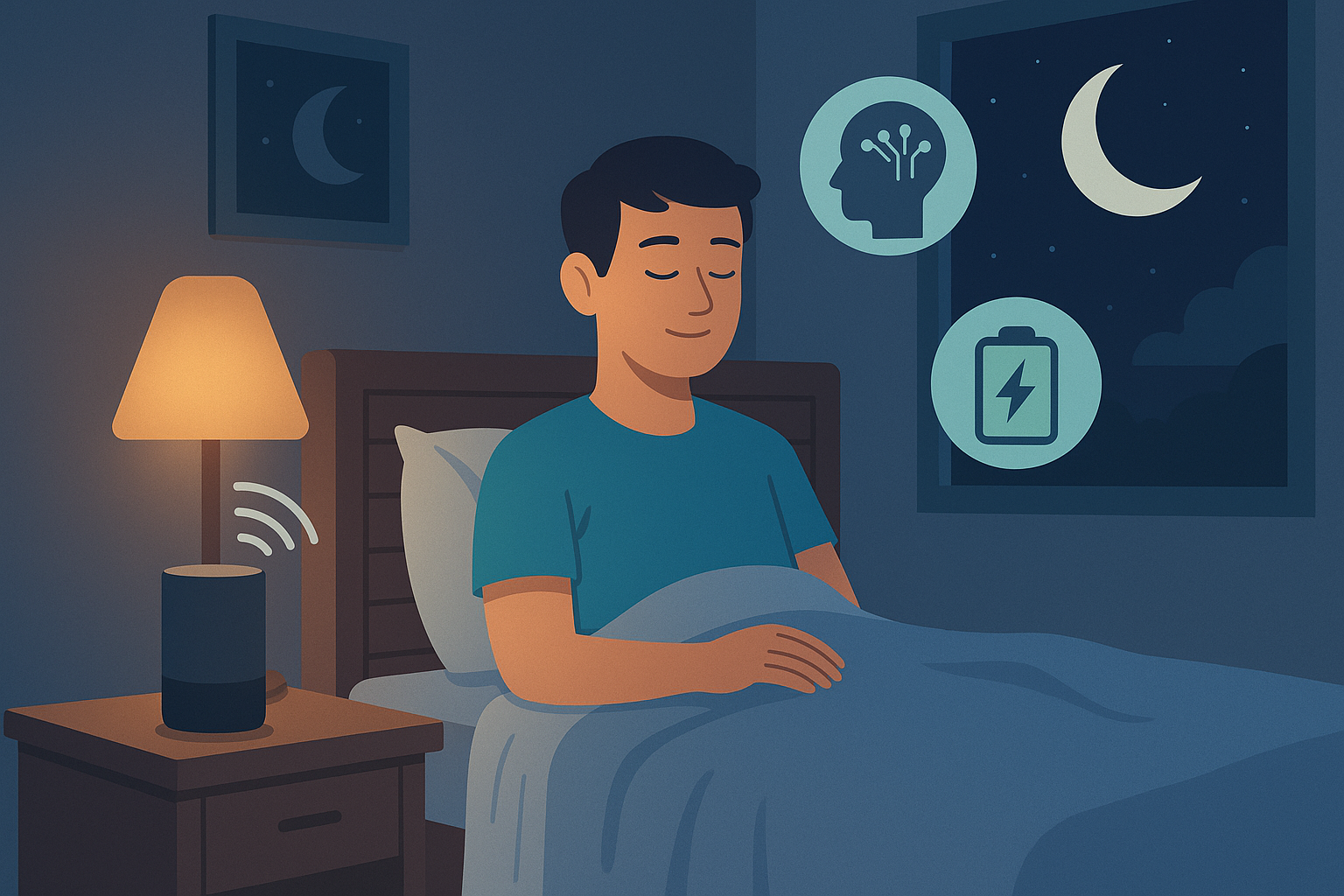Every year, new technologies promise to make our lives easier. But 2025 marks a different kind of shift — not just faster tools, but smarter ones. The rise of advanced AI tools is redefining productivity by transforming how we plan, create, and focus.
This new generation of AI isn’t about replacing human work. It’s about amplifying it. By integrating natural language processing, task automation, and predictive intelligence, today’s tools understand how you work — and help you work better.
The real question isn’t which AI to use, but how to combine them into a workflow that enhances clarity, not chaos.

The Evolution of Productivity in the Age of AI
Productivity used to mean doing more. In 2025, it means doing what matters most — and letting AI handle the rest.
Over the last decade, artificial intelligence has evolved from simple recommendation systems to fully adaptive platforms capable of planning, prioritizing, and executing tasks across entire ecosystems. These AI tools now analyze your habits, learn from your behavior, and anticipate your needs.
Whether you’re a freelancer managing multiple clients or part of a global team, the best productivity tools today don’t just organize your day — they think alongside you.
The Three Pillars of Modern AI Productivity
Modern productivity ecosystems are built on three pillars: automation, augmentation, and awareness.
- Automation: AI takes care of repetitive work — scheduling, formatting, data entry — freeing your brain for creative and strategic thinking.
- Augmentation: Rather than replacing human intelligence, AI enhances it by offering insights, summaries, and recommendations.
- Awareness: AI now provides feedback on how you spend energy, not just time — helping you build sustainable performance instead of burnout cycles.
The combination of these three dimensions defines the best AI tools in 2025: they simplify complexity while keeping you in control.
The AI Productivity Stack for 2025
The following ecosystem illustrates how different AI tools can interact to create a seamless workday — one that adapts dynamically to your focus, schedule, and goals.
| Category | AI Tool | Core Function | Why It Matters in 2025 |
|---|---|---|---|
| Planning | Motion / Reclaim AI | Smart scheduling & task automation | Auto-prioritizes tasks by focus level and deadlines. |
| Writing & Ideation | ChatGPT / Jasper / Notion AI | Natural language generation | Helps create, summarize, and refine text with human tone. |
| Focus & Balance | Freedom / Endel / Opal AI | Distraction control & recovery | Protects attention and restores digital balance. |
| Data & Workflow | Zapier / Make / Airtable AI | Automated workflows | Connects tools to eliminate redundant work. |
| Analytics | Reclaim AI Reports / Metaspark | Productivity insights | Shows trends in energy, meetings, and time use. |
The goal isn’t to use them all, but to integrate them coherently. A minimalist, AI-driven workflow often outperforms complex setups by focusing on flow rather than volume.
A Day in the Life with Productivity AI Tools
Imagine starting your day without opening a single app manually. Motion AI scans your calendar, reprioritizes tasks based on energy levels, and adjusts your meeting schedule automatically.
Your morning begins with Endel generating a personalized soundscape to maintain focus while you review Notion AI’s daily summary — a short report written overnight from your notes and emails.
As you work, ChatGPT drafts responses, writes outlines, and analyzes content tone. Reclaim AI silently protects your focus windows by deferring non-urgent messages, while Zapier connects everything in the background — updating tasks, syncing docs, and logging progress automatically.
By 5 p.m., you’ve done less switching and more thinking. That’s real productivity.
From AI Tools to Systems
The magic happens when individual AI tools work together as a system. Productivity isn’t about having 20 apps — it’s about creating synergy between a few powerful ones.
AI platforms can now communicate through APIs and integrations, meaning your schedule, documents, and communications are interconnected. For example:
- A new meeting note in Notion AI triggers Motion to block focus time.
- Zapier logs completed projects to Airtable AI, generating weekly performance reports.
- Endel detects long working periods and adjusts the sound environment to avoid cognitive fatigue.
The result is a fluid ecosystem that keeps your mental bandwidth free for high-value thinking.
Case Study: The Freelancer’s AI Tools Setup
Lena, a UX designer, used to juggle multiple clients, deadlines, and admin work. Her energy was scattered, and her calendar was chaos. After adopting a simple AI stack — Motion, ChatGPT, Notion AI, and Reclaim — she reduced task-switching by 40%.
Motion organized her week automatically, prioritizing creative work during her energy peaks. Notion AI helped summarize client calls into actionable notes. ChatGPT assisted in writing project documentation, while Reclaim synced all calendars to protect her focus time.
The outcome wasn’t just higher output — it was lower stress. Lena now describes her workflow as “quietly efficient.”
Table: Best AI Tools Productivity by Role
| Role | AI Tools | Benefit |
|---|---|---|
| Writers & Marketers | ChatGPT, Jasper, Notion AI | Generate content, summarize data, and optimize tone. |
| Entrepreneurs | Motion, Reclaim, Zapier | Automate scheduling, reminders, and communication. |
| Developers | GitHub Copilot, Cody AI | Code faster, troubleshoot, and document automatically. |
| Designers | Runway, Uizard AI | Generate assets, prototypes, and creative variations. |
| Analysts & Managers | Metaspark, Airtable AI | Visualize performance and resource allocation. |
These AI tools work across disciplines because they adapt to context. What makes them revolutionary isn’t speed — it’s intelligence.
The Future: Predictive Productivity
By late 2025, the most advanced AI productivity systems will predict your needs before you express them. They’ll analyze biometric signals, workload patterns, and language tone to determine when you’re most creative, when to protect your focus, and when to rest.
This predictive model will shift productivity from reactive management to proactive flow. Instead of fighting distractions, you’ll have tools that prevent them. Instead of chasing energy, you’ll have systems that optimize it.
In the long run, productivity will feel less like work — and more like alignment.
Conclusion
The best AI tools for productivity in 2025 go beyond automation. They create awareness, rhythm, and balance — turning technology into a partner rather than a distraction.
True productivity isn’t about doing more tasks. It’s about using intelligent systems that free your time for the kind of thinking machines can’t replicate — creative, strategic, deeply human work.
As AI continues to evolve, the most productive people won’t be the fastest — they’ll be the most aligned with their own attention.
Further Reading & Related Insights
Internal link:
- Track Your Mental Energy with AI Tools — Learn how to monitor your cognitive patterns to improve focus and sustainable performance.
External links:
- Harvard Business Review – How AI Is Changing Knowledge Work
- Stanford HAI – The Future of AI Productivity Tools
Blog
This section provides an overview of the blog, showcasing a variety of articles, insights, and resources to inform and inspire readers.
-

AI Habit Tracking and the New Rhythm of Modern Self-Improvement
AI Habit Tracking. Progress used to depend on discipline. Now, it depends on data.…
-

AI Decision Making and the New Discipline of Intentional Living
AI Decision Making. Every “yes” has a cost. Every time you agree to something…
-

The Perfect AI Night Routine to Sleep Better and Think Smarter
AI Night Routine. Your morning doesn’t begin when you wake up — it begins…
